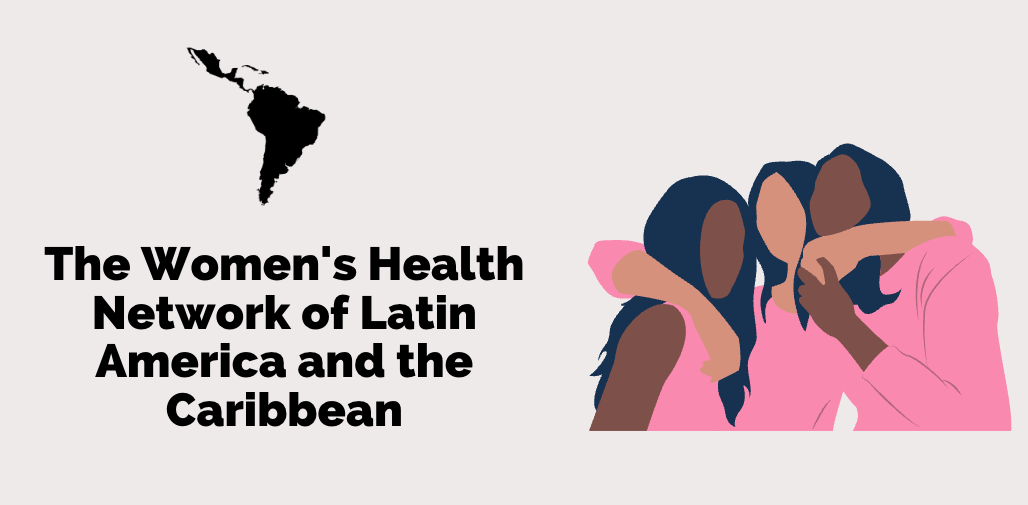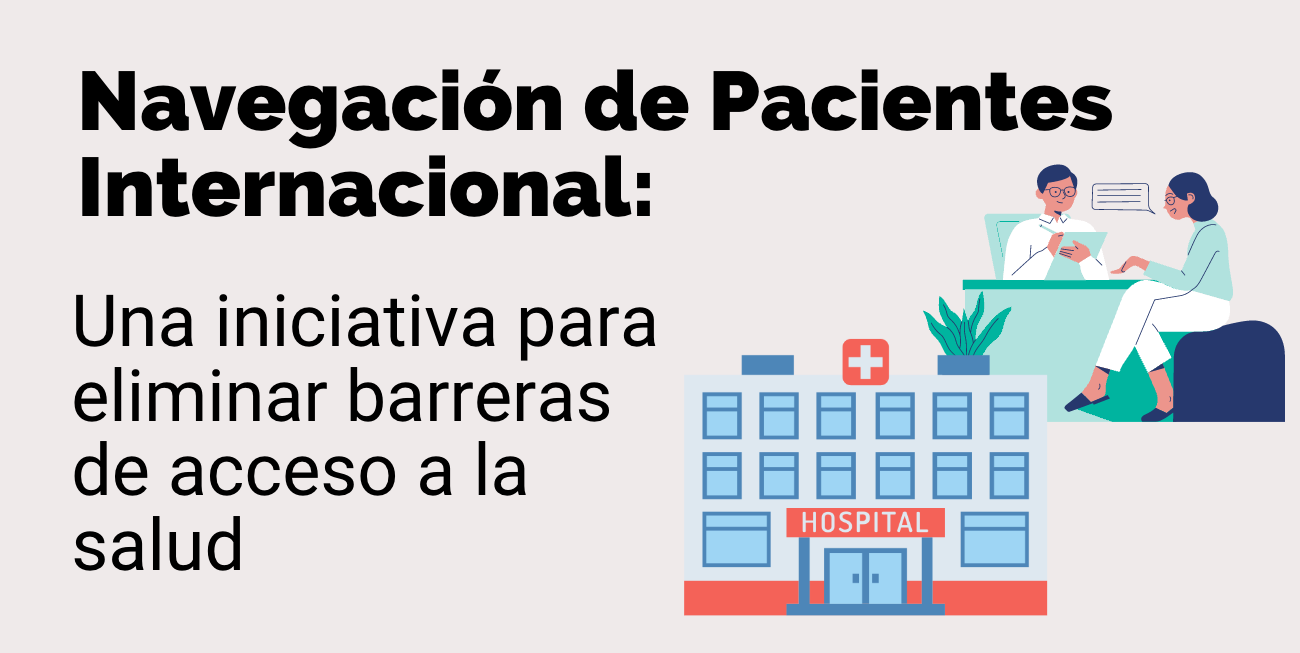In the digital era, the use of messaging apps has become an integral part of our lives, with WhatsApp emerging as one of the world’s most popular platforms. Its widespread adoption and user-friendliness establish WhatsApp as a powerful tool for communication and data collection within the healthcare domain. For non-governmental organizations (NGOs), providing multilingual chat can be critical, as it boosts access to healthcare services by transcending language and cultural barriers. This solution guarantees that all individuals, regardless of their native language, can proficiently receive information and medical assistance. Here are some tips for deploying a WhatsApp chatbot for your global health program:
- Define target languages: Before starting on the development of a multilingual chatbot, it is important to identify the languages, local nuances, and literacy level of the audiences you intend to reach. This determination will help to not only prioritize translation and quality checks, but create a path for localization (see below.) With health programs, it’s critical to not only translate but ensure language is easy to understand and relate to for all audiences.
- Utilize a language-friendly chatbot platform: The selection of a chatbot platform that supports multiple languages is pivotal to ensure a seamless and uniform experience across all target languages. Notable platforms include Dialogflow, Botpress, and Chatfuel. Pick a tool that includes easy translation features rather than tools that suggest workarounds to integrate multiple languages.
- Designing a flexible dialogue structure: To accommodate various languages, the chatbot’s design must be adaptable and flexible. Rather than creating fixed responses, employ dialogue structures based on templates that can be personalized according to the user’s chosen language.
- Automatic translation: An efficient approach for managing multiple languages is to use automatic translation services. You can integrate translation APIs like Google Translate to dynamically render the chatbot’s responses into the user’s language. This should always be paired with human quality checks and continuous quality improvement processes in place to ensure information a user is receiving is correct and up to date.
- Consider localization: Beyond language translation, it is imperative to consider cultural and regional distinctions. Ensure that the content and chatbot responses are appropriate and comprehensible within diverse cultural contexts.
- Test and create feedback loops: Conducting thorough testing in each target language is imperative to ensure the chatbot operates correctly. Collate feedback from users across different languages and utilize this insight to refine and optimize the chatbot’s performance.
- Integrate language options: Providing users with the ability to select their preferred language while interacting with the chatbot is a recommended practice. This can be achieved through simple commands or an intuitive user interface. If aiming to reach a low literate or low digital literate population, leverage images and emojis to help guide the user.
- Train the chatbot in each language: Each language possesses its distinct nuances and idiomatic expressions. Train the chatbot to accurately comprehend and respond to queries and requests in each specific language. This is an ongoing process that can take time, but it is so worth it!
- Use your data and compare across languages: Who is visiting your chatbot? What age range? What time of day? What are the most frequent questions asked? Do the numbers differ by language? Geography? These are all questions that can be answered by setting up a utilization and impact dashboard. Metrics help prioritize what to do to improve the chatbot and improve the value add for its users.
The creation of multilingual chatbots on WhatsApp is pivotal for maximizing global health program reach. Through defining target languages, utilizing language-friendly platforms, designing a flexible dialogue structure, a seamless and uniform experience can be delivered across various languages. Additionally, acknowledging localization, conducting rigorous testing, gathering user feedback, integrating language choices, and adequately training the chatbot in each distinct language are pivotal practices for the creation of effective multilingual chatbots. Capitalizing on WhatsApp’s potential and its multilingual communication capabilities will contribute to elevating the quality of global health services and connecting with diverse communities across the globe. Want to learn more? We can help!





